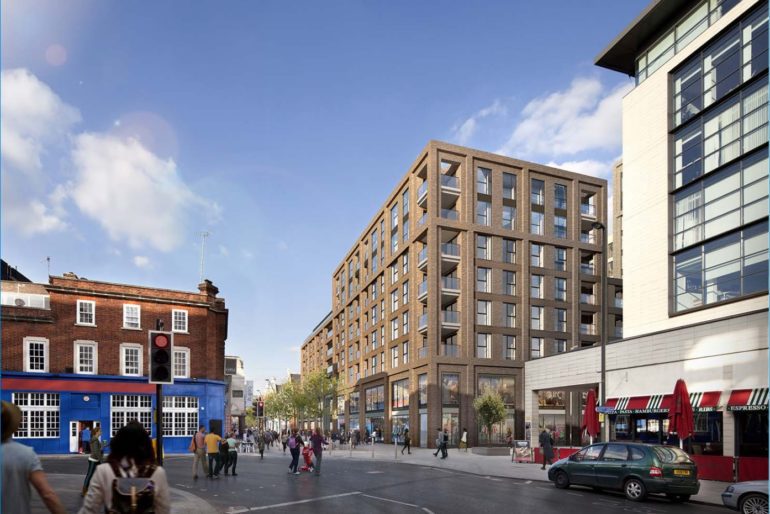
Power to our people
My appointment and the company’s commitment to driving forward this training initiative represents a considerable investment by the Directors in our people and Jubb’s BIM capabilities.
We want our staff to be innovators, thinkers and problem solvers. Working within a BIM environment allows our engineers – and just as importantly – our technicians to add value at any stage of the construction process, and much earlier on in the process than was once typical.
By providing staff with the upskilling they need to become the very best in their respective fields, we not only bring them on, but we bring more to the table for our clients and the partners we work alongside. As well as empowering our internal teams, it also enables us to be more collaborative with stakeholders across our projects.
The upshot is that communication is much better – especially between members of the design team that, traditionally, wouldn’t interact with one another. This is partly because the construction industry has come out of the pandemic with a completely different business model – with people and flexibility at its heart.
The old ‘blame game’ culture is gradually being diluted, which can only be a positive. Mindsets are shifting because we’re operating in a virtual ‘live’ environment, where any clashes can be dealt with there and then, with all the design team having sight. This means resolutions can be reached in a much more proactive way. Enabling us, alongside our design consultants and subcontractors, to arrive at the best possible outcomes for the project and our client.
So, as we embrace significant advances in technology, we see a very human benefit. Stronger relationships are being built and, moreover, technicians and engineers are being given parity within the design process. That’s something I feel very passionate about.
Projects that push design boundaries
We’re getting more out of the software than ever before. The technology is being pushed and adjusted as we bring building concepts to life. Balancing carbon cost with budget constraints, assessing health and safety implications and gleaning valuable information regarding the whole lifecycle of assets as we go. Building better buildings every time, as we take on board new learnings and methodologies.
By continually reviewing our BIM implementation and updating our working practices, we’re carrying our experiences from the past into future projects. Evidencing this evolution helps us to aid clients’ aspirations of integrating BIM solutions into their projects.
Jubb’s flagship schemes include high-rise residential developments at Crown House and the mixed use council backed scheme at Marketfield Way in Redhill. These allow us to really showcase how taking a truly digital approach enhances design through more complex and accurate solutions that push boundaries and bring efficiencies. Advancing our business capabilities and giving us more ‘thinking’ time to work on other, more detailed design elements.


Propelling industry progression
Though there is still some resistance, I believe we’ve hit a critical mass when it comes to BIM adoption. Allowing us all to share, learn, develop and transform as an industry – rather than individual companies. I genuinely feel there is a great deal of support as we start to unlock the true potential of these processes and establish BIM industry best practice. Now that the appetite is there, the whole industry needs to keep moving, embrace the process and unlock the full potential of the software.
I think a lack of education and misunderstanding of the process stalled uptake for far too long. But now we’ve seen how it can help improve construction standards, streamline procedures and save time, money and resources, there’s simply no stopping it.
It’s an exciting time for technicians in the industry as we go beyond basic BIM usage to thinking outside the box of exactly what can be developed. Working alongside the Tier 1 contractors, who have the capital to push the technology – and the thinking behind it – and I can’t wait to see what transpires as new ways of harnessing BIM come to the fore.

Steve Hollick oversees Jubb’s company-wide strategy and management of its BIM capabilities. He started his career primarily using AutoCAD whilst working at Southampton City Council, before moving to an engineering design consultancy and becoming a BIM manager and Associate.